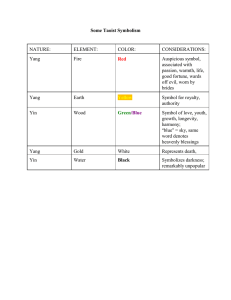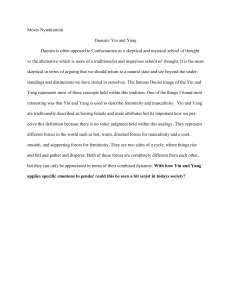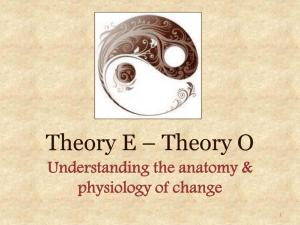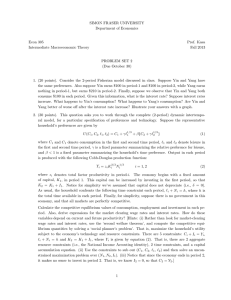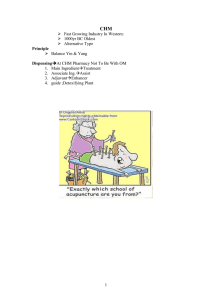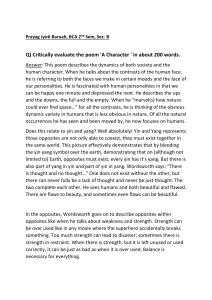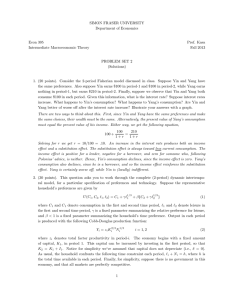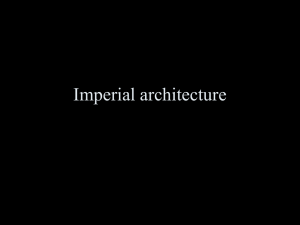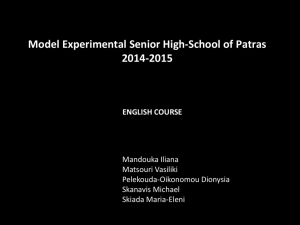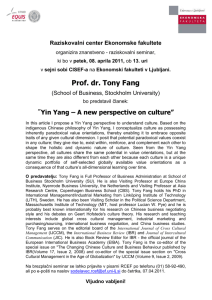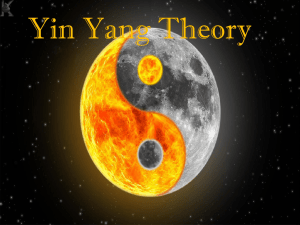The Neo-Confucian View of the Universe
advertisement
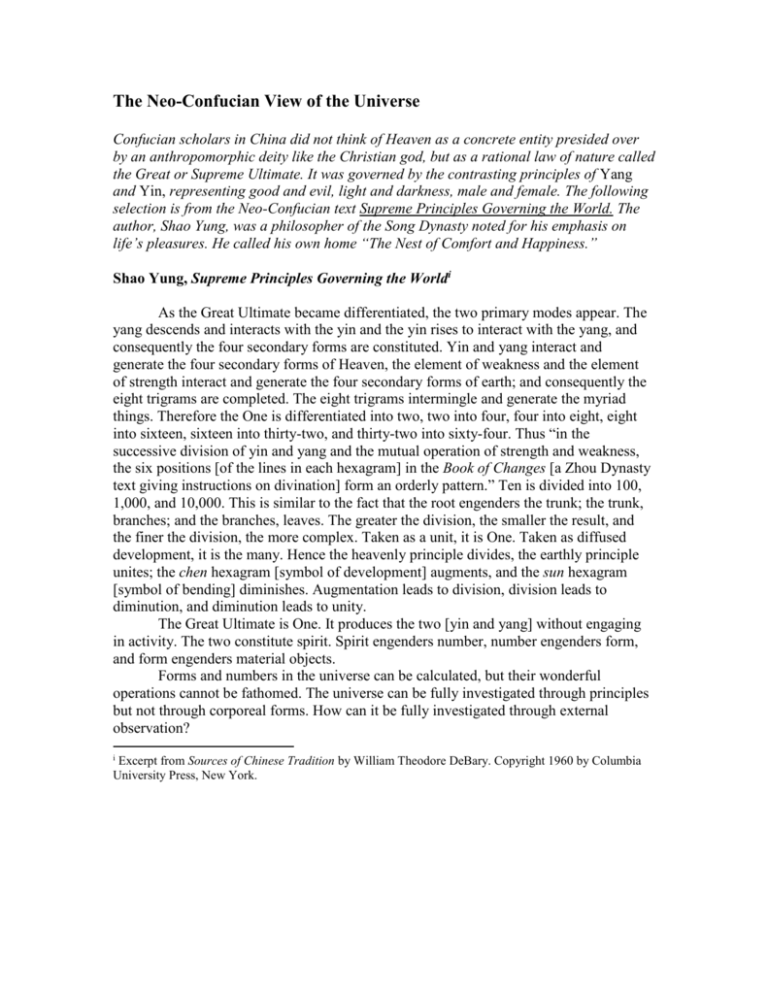
The Neo-Confucian View of the Universe Confucian scholars in China did not think of Heaven as a concrete entity presided over by an anthropomorphic deity like the Christian god, but as a rational law of nature called the Great or Supreme Ultimate. It was governed by the contrasting principles of Yang and Yin, representing good and evil, light and darkness, male and female. The following selection is from the Neo-Confucian text Supreme Principles Governing the World. The author, Shao Yung, was a philosopher of the Song Dynasty noted for his emphasis on life’s pleasures. He called his own home “The Nest of Comfort and Happiness.” Shao Yung, Supreme Principles Governing the Worldi As the Great Ultimate became differentiated, the two primary modes appear. The yang descends and interacts with the yin and the yin rises to interact with the yang, and consequently the four secondary forms are constituted. Yin and yang interact and generate the four secondary forms of Heaven, the element of weakness and the element of strength interact and generate the four secondary forms of earth; and consequently the eight trigrams are completed. The eight trigrams intermingle and generate the myriad things. Therefore the One is differentiated into two, two into four, four into eight, eight into sixteen, sixteen into thirty-two, and thirty-two into sixty-four. Thus “in the successive division of yin and yang and the mutual operation of strength and weakness, the six positions [of the lines in each hexagram] in the Book of Changes [a Zhou Dynasty text giving instructions on divination] form an orderly pattern.” Ten is divided into 100, 1,000, and 10,000. This is similar to the fact that the root engenders the trunk; the trunk, branches; and the branches, leaves. The greater the division, the smaller the result, and the finer the division, the more complex. Taken as a unit, it is One. Taken as diffused development, it is the many. Hence the heavenly principle divides, the earthly principle unites; the chen hexagram [symbol of development] augments, and the sun hexagram [symbol of bending] diminishes. Augmentation leads to division, division leads to diminution, and diminution leads to unity. The Great Ultimate is One. It produces the two [yin and yang] without engaging in activity. The two constitute spirit. Spirit engenders number, number engenders form, and form engenders material objects. Forms and numbers in the universe can be calculated, but their wonderful operations cannot be fathomed. The universe can be fully investigated through principles but not through corporeal forms. How can it be fully investigated through external observation? i Excerpt from Sources of Chinese Tradition by William Theodore DeBary. Copyright 1960 by Columbia University Press, New York.
